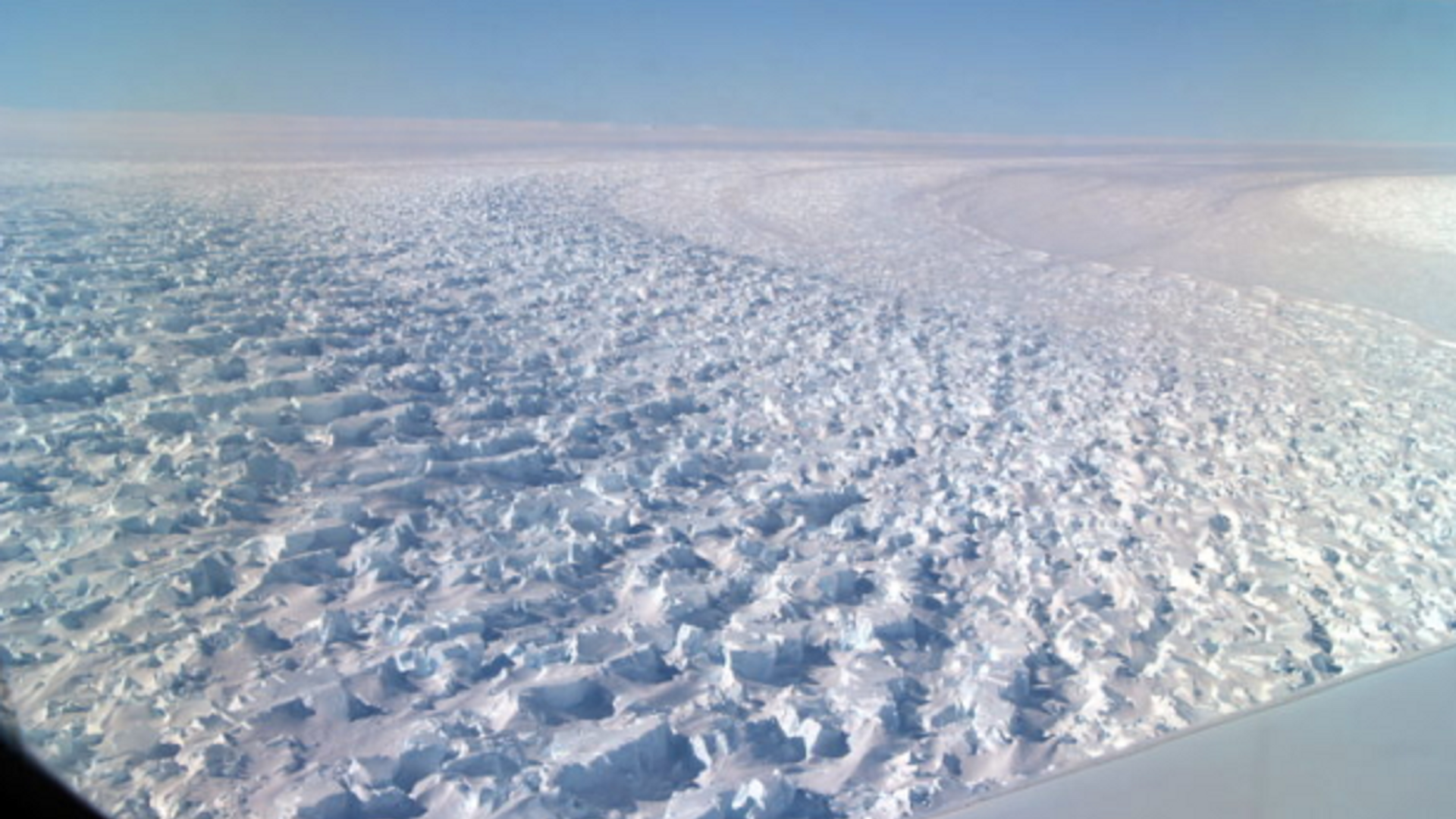https://sputnikglobe.com/20230607/arctic-seas-may-be-without-summer-ice-in-10-years-time-study-1110970320.html
Arctic Seas May Be Without Summer Ice in 10 Years' Time - Study
Arctic Seas May Be Without Summer Ice in 10 Years' Time - Study
Sputnik International
Global climate change is affecting the polar regions of our planet the most, including the Arctic. A new forecast by scientists suggests that by the 2030s, the Arctic seas may be ice-free in summer and even in September.
2023-06-07T03:42+0000
2023-06-07T03:42+0000
2023-06-07T03:44+0000
beyond politics
science & tech
global warming
global warming
global climate
glacier
glaciologists
https://cdn1.img.sputnikglobe.com/img/107869/93/1078699307_0:61:1200:736_1920x0_80_0_0_9ac6884e897d4d9d3a82f68cf11cd7b3.png
In a new paper researchers take an interest in the immediate future of Arctic sea ice - the masses of frozen water that drift out to sea. In recent decades, these seas have seen a rapid decline in such ice, with the Arctic spending an increasing proportion of the year without it.According to the sixth Intergovernmental Panel on Climate Change (IPCC) report, the Arctic may be ice-free in September by the middle of the 21st century. Such projections are based on scenarios corresponding to high and medium carbon dioxide emissions.The authors of the new study believe that IPCC models underestimate the impact of greenhouse gases on total sea ice extent. They suggest that by 2080-2100, the Arctic seas will have lost their summer ice cover one way or another, even if a 'optimistic' low-emission scenario is realized.The researchers believe the earlier approach of dividing the Arctic into 15% ice-covered cells leads to errors. Instead, they are simply looking at the total ice-covered area of the ocean, which can be estimated directly from satellite imagery.The scientists used observations from 1979 to 2019 to adjust their models and make sure they were accurate. In doing so, they confirmed that the rate of decline in sea ice has been particularly rapid since the 1990s.The authors found that the impact of human activity on sea ice loss is year-round, not a single month. The most dramatic changes, however, are expected in the Arctic September, the month when sea ice is at its thinnest.The study was published in Nature Communications journal.
https://sputnikglobe.com/20230106/study-claims-two-thirds-of-worlds-glaciers-could-disappear-by-2100-1106088105.html
Sputnik International
feedback@sputniknews.com
+74956456601
MIA „Rossiya Segodnya“
2023
News
en_EN
Sputnik International
feedback@sputniknews.com
+74956456601
MIA „Rossiya Segodnya“
Sputnik International
feedback@sputniknews.com
+74956456601
MIA „Rossiya Segodnya“
global warming, arctic summer ice melting, ipcc, glacier melting, will earth have no arctic ice, climate change proofs
global warming, arctic summer ice melting, ipcc, glacier melting, will earth have no arctic ice, climate change proofs
Arctic Seas May Be Without Summer Ice in 10 Years' Time - Study
03:42 GMT 07.06.2023 (Updated: 03:44 GMT 07.06.2023) Global climate change is affecting the polar regions of our planet the most, including the Arctic. A new forecast by scientists suggests that by the 2030s, the Arctic seas may be ice-free in the summer and even in September.
In a new paper researchers take an interest in the immediate future of Arctic sea ice - the masses of frozen water that drift out to sea. In recent decades, these seas have seen a rapid decline in such ice, with the Arctic spending an increasing proportion of the year without it.
According to the sixth Intergovernmental Panel on Climate Change (IPCC) report, the Arctic may be ice-free in September by the middle of the 21st century. Such projections are based on scenarios corresponding to high and medium carbon dioxide emissions.
"These results emphasize the profound impacts of greenhouse gas emissions on the Arctic, and demonstrate the importance of planning for and adapting to a seasonally ice-free Arctic in the near future," wrote scientists.
The authors of the new study believe that IPCC models underestimate the impact of greenhouse gases on total sea ice extent. They suggest that by 2080-2100, the Arctic seas will have lost their summer ice cover one way or another, even if a 'optimistic' low-emission scenario is realized.
The researchers believe the earlier approach of dividing the Arctic into 15% ice-covered cells leads to errors. Instead, they are simply looking at the total ice-covered area of the ocean, which can be estimated directly from satellite imagery.

6 January 2023, 16:17 GMT
The scientists used observations from 1979 to 2019 to adjust their models and make sure they were accurate. In doing so, they confirmed that the rate of decline in sea ice has been particularly rapid since the 1990s.
The authors found that the impact of human activity on sea ice loss is year-round, not a single month. The most dramatic changes, however, are expected in the Arctic September, the month when sea ice is at its thinnest.
The study was published in
Nature Communications journal.



